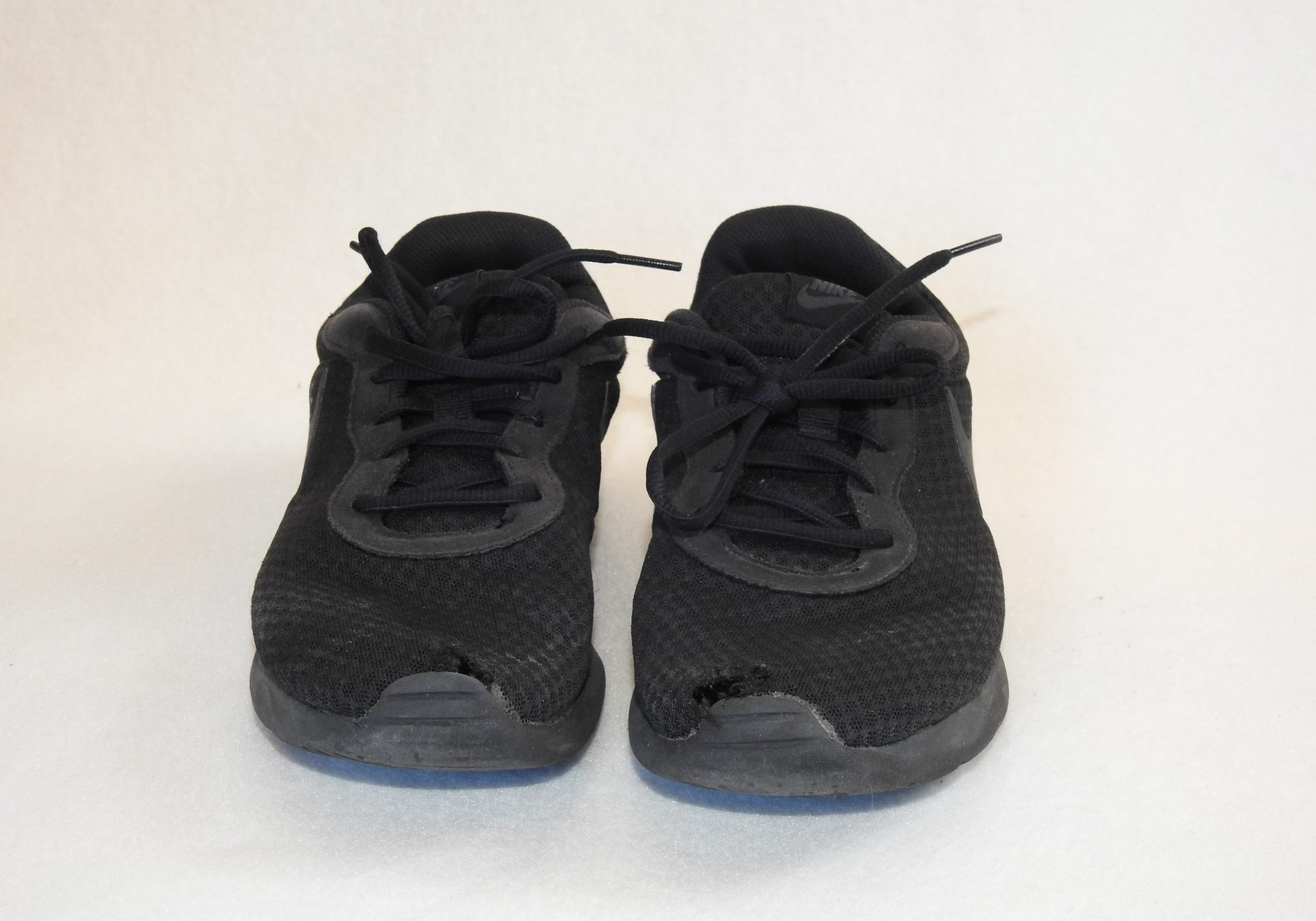New Shoes, Ancient Traditions
Diana Hu
Summary:
Making shoes by hand is an ancient Chinese craft for women. It was a way for them to practice their embroidery skills and to indicate their social class. Besides, the light, flat-soled shoes made the wearer’s movements elegant. Diana Hu’s pink Chinese shoes are a way for her to share the traditions of her homeland in her newly adopted home.
Story:
When I opened the parcel my mom sent me from China, I saw a pair of pink shoes with plum flowers embroidered on the top and auspicious clouds on the side. “She did buy them!” I was delighted.
One month earlier, I had Skyped, my mom. “Could you buy me a pair of traditional Beijing shoes?” I said. “I need to check the housekeepers’ work every day, and I walk a lot. These shoes are light and comfy and easy to put on and take off. They are good for me to wear to work.” Mom was glad I had asked her. Although I’ve been in Canada for nine years, I still love traditional shoes. She wanted me to have more traditional Chinese items to remember our long history.
I took the shoes out of the package and set them on the table. They were so light! That’s because they were made from fabric, and their soles were soft rubber. I was surprised that a pair of factory-made shoes would have such good quality, just as the shoes my grandma used to make when I was a child.
My grandmother liked to make shoes for me. Making shoes by hand was a traditional craft for Chinese women. Its history was very long, almost five thousand years. In the old dynasties, there weren’t any factories. People needed to make their own clothing and shoes. Girls didn’t have the opportunity to go to school. They had to stay home. Girls practised their embroidery skills, as they wanted to show their best work to one another. Making embroidered shoes allowed them to express their feelings through their handiwork.
Back then, the differences between social classes were big. The most common way to display those differences was through the material of one’s clothing. Rich families used silk thread and jewelry. The civilians used colourful wires. On the top of the shoes, there would be some embroidery, like flowers and birds. The designs were intricate and detailed—such as petals and leaves of flowers or bird feathers. Since the establishment of China, everyone could go to school, more and more factories were built, and everything could be manufactured in factories. Embroidering still remains a way to relax, but nowadays, it is done for decoration.
Going abroad to study became a new choice for many families. Lots of international students would like to have some traditional items to show the history of their country. The embroidered shoes are an important element of ancient clothing. But there is another attraction. The light, comfortable shoes with flat soles make a girl’s movement more elegant.
In June, Canada gave me a great opportunity to become a permanent resident. I will be creating my own destiny here. I enjoy having different traditional Chinese items here with me, and I love sharing our long history with local people.
This September was a beautiful and golden month. One day my roommate came to me said, “Let’s go to the Long Lake Park to look at the leaves.”
“Sure, I am off today. Let’s go.”
I put on my purple quju, a traditional Chinese garment that fits like a cape, and my pink embroidered shoes. Maple leaves were falling and made the trails in the bright park yellow. My friend aimed her camera and said, “Three, two, one, smile.” The flash came on.
It was a warm, golden afternoon. I was wearing traditional Chinese clothing in a Canadian park.
DIANA HU is a motel supervisor. She has three years of hospitality experience in Canada. In China, she lived in her hometown, Jiaxing, for 14 years. Then she attended an international school in Dalian for Grade 9. In August 2010, she came to Halifax, Canada, to go to university. Diana graduated from Saint Mary’s University with a bachelor’s degree in finance.









